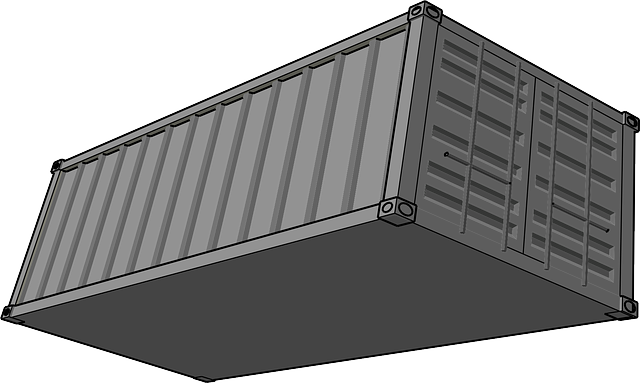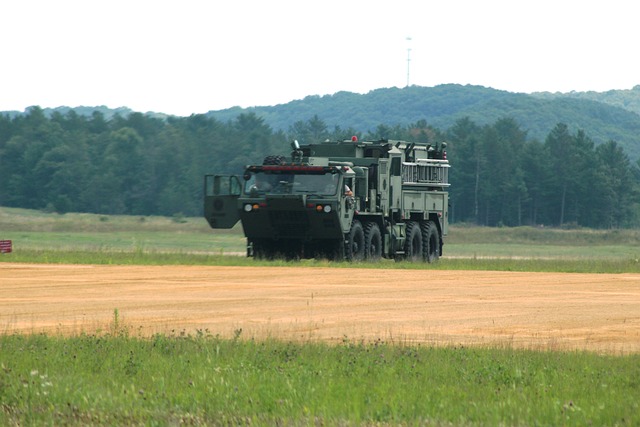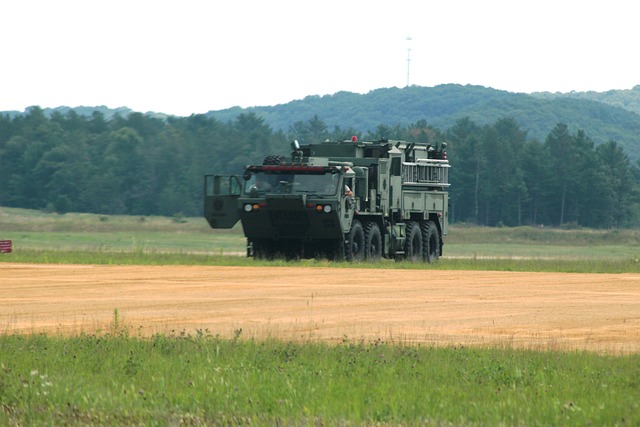Fleet safety programs are essential for continuous operations, integrating proactive risk mitigation strategies, advanced driver training, and technology-driven real-time monitoring. These initiatives enhance road safety, fuel efficiency, and overall fleet management in the digital era. Regular risk assessments, detailed inspections, and cutting-edge technologies minimize downtime and optimize operational efficiency. GPS tracking and telematics solutions offer real-time insights for route optimization and enhanced safety. Comprehensive driver training, exercises, and simulations prepare drivers for any road eventuality, contributing to improved fleet safety and productivity.
In today’s demanding operational landscape, proactive planning is crucial for ensuring uninterrupted fleet operations. This article delves into the essential components of a successful strategy, focusing on fleet safety programs as the cornerstone. We explore comprehensive risk assessment and mitigation, leverage technology integration for efficient management, and emphasize driver training and preparedness. By implementing these strategies, organizations can navigate challenges, maintain optimal performance, and prioritize safety across their entire fleet operations.
Understanding Fleet Safety Programs: The Cornerstone of Uninterrupted Operations

Fleet safety programs are the backbone of ensuring uninterrupted operations. These comprehensive initiatives go beyond basic compliance and focus on proactive measures to mitigate risks and prevent accidents. By implementing robust fleet safety programs, organizations can foster a culture of safety among drivers, maintain vehicles in top condition, and streamline operational processes.
Such programs often include regular vehicle maintenance checks, advanced driver training, and the use of technology for real-time monitoring and analytics. These strategies not only enhance road safety but also contribute to improved fuel efficiency, reduced downtime, and better overall fleet management. In today’s digital era, leveraging data from fleet safety programs enables businesses to make informed decisions, adapt to changing regulations, and ultimately ensure the safe and efficient movement of their vehicles.
Implementing Comprehensive Risk Assessment and Mitigation Strategies

Implementing comprehensive risk assessment and mitigation strategies is a cornerstone of proactive planning for uninterrupted fleet operations. Effective fleet safety programs involve regularly evaluating potential hazards, from mechanical failures to human error, and developing tailored solutions to minimize their impact. This process includes detailed inspections, advanced maintenance schedules, driver training, and the adoption of cutting-edge technologies for real-time monitoring and predictive analytics. By anticipating and addressing risks proactively, organizations can significantly enhance fleet safety, reduce downtime, and optimize overall operational efficiency.
Moreover, integrating risk assessment into fleet management necessitates a culture of continuous improvement. Regularly reviewing incident reports, analyzing crash data, and gathering feedback from drivers and maintenance teams provides valuable insights for refining mitigation strategies. This iterative approach ensures that fleet safety programs remain relevant, effective, and aligned with evolving industry standards and best practices, ultimately contributing to uninterrupted and safe operations.
Technology Integration for Enhanced Fleet Management and Monitoring

Technology plays a pivotal role in enhancing fleet management and monitoring, allowing for proactive plans to ensure uninterrupted operations. Integrating advanced systems offers real-time insights into vehicle performance, driver behavior, and operational efficiency. GPS tracking, for instance, enables managers to locate vehicles precisely, monitor speed and idling times, and set up geofences for specific job sites or areas of interest. This data is crucial for optimizing routes, preventing unauthorized use, and enhancing fleet safety programs.
Furthermore, telematics solutions provide comprehensive overviews of fleet performance. By analyzing driver behavior patterns, these systems can identify potential risks and inefficiencies, such as harsh braking or speeding. Proactive alerts enable managers to address these issues promptly, reducing the risk of accidents and maintaining optimal vehicle condition. The integration of technology not only streamlines fleet operations but also contributes to cost savings, improved safety standards, and better environmental practices within the fleet management ecosystem.
Training and Preparedness: Empowering Drivers for Safe and Efficient Operations

Training and Preparedness play a pivotal role in ensuring uninterrupted fleet operations through the empowerment of drivers with essential skills for safe and efficient driving. Comprehensive fleet safety programs should include regular training sessions that cover not just basic driving techniques but also advanced safety protocols, emergency handling, and adherence to traffic regulations. Educating drivers on fuel efficiency, vehicle maintenance practices, and environmental considerations can further enhance operational effectiveness while minimizing costs.
By fostering a culture of continuous learning and improvement, fleet managers can equip their drivers with the knowledge and mindset needed to navigate diverse driving conditions seamlessly. Regular exercises, simulations, and real-world scenarios incorporated into training regimens help drivers stay alert, responsive, and prepared for any eventuality on the road. This proactive approach not only bolsters fleet safety but also contributes to smoother operations, reduced downtime, and enhanced overall productivity.
By implementing robust fleet safety programs, conducting thorough risk assessments, integrating advanced technology, and prioritizing driver training, organizations can create a proactive approach to uninterrupted fleet operations. These strategies ensure not just safe, but also efficient and seamless transportation, fostering a competitive edge in today’s market. Remember that continuous improvement and adaptability are key to navigating the dynamic landscape of fleet management.
